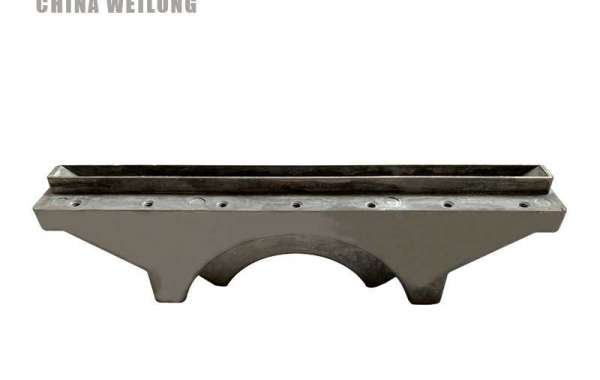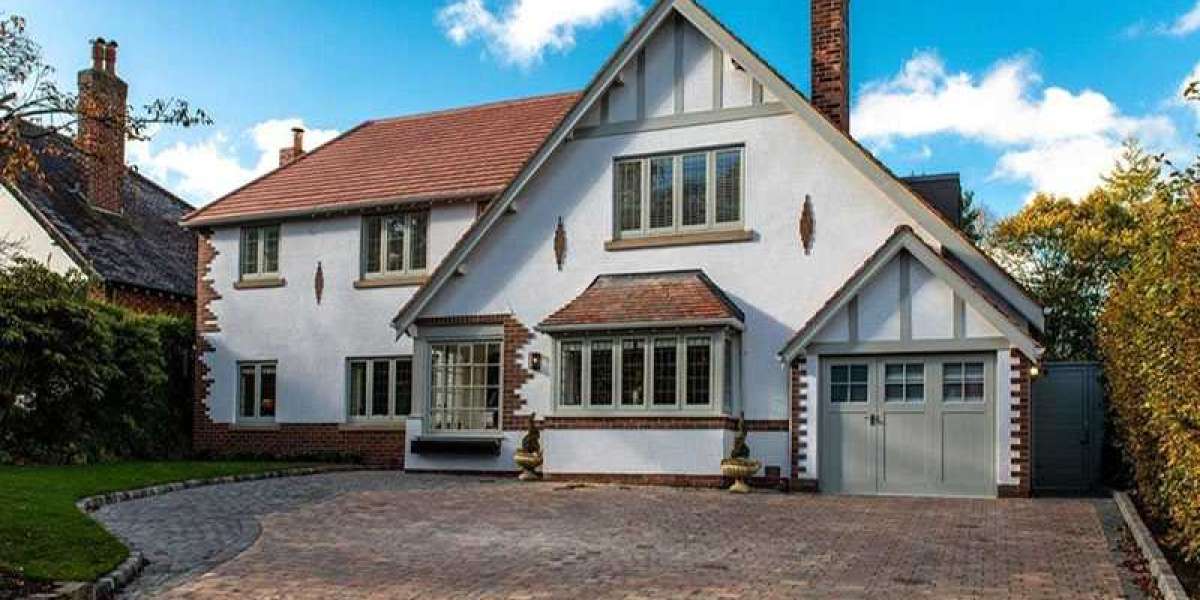In our lives, die castings are used more and more. lead die casting , zinc die casting, aluminum dies casting, and various die castings appear around us. So what are the advantages and disadvantages of die castings?
The first is the advantage. Metal parts with complex shapes, clear contours, thin-walled deep cavities can be manufactured. The dimensional accuracy of die-casting parts is high, the surface roughness reaches Ra0.8-3.2um, the interchangeability is good, and the material utilization rate is high. Due to the high precision of die-casting parts, they can be assembled and used only after a small amount of mechanical processing, and some die-casting parts can be directly assembled and used. high productivity. Due to the high-speed filling, the filling time is short, the metal industry solidifies rapidly, and the die-casting cycle speed is fast. Easy to use inserts.
Then there are the shortcomings. Due to high-speed filling and rapid cooling, the gas in the cavity is too late to be discharged, resulting in the presence of pores and oxidized inclusions in the die-casting parts, thereby reducing the quality of the die-casting parts. Can not be heat treated; die-casting machine and die-casting mold are expensive, not suitable for small batch production; die-casting size is limited. The types of die-casting alloys are restricted. Mainly used for die-casting zinc alloy, aluminum alloy, magnesium alloy, and copper alloy.
Of course, it is undeniable that the advantages of zinc die casting , lead die casting and other die castings will outweigh the disadvantages.







